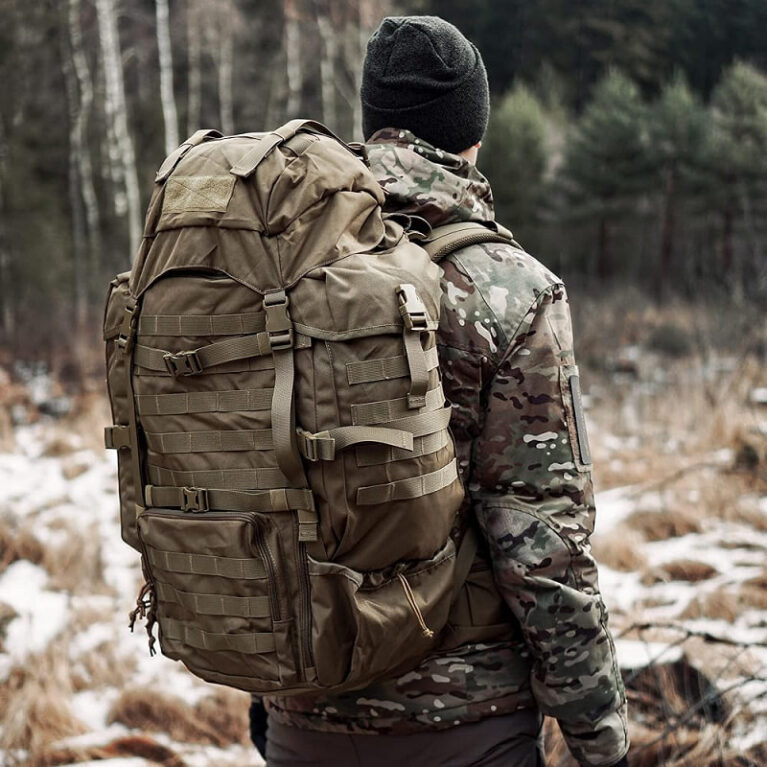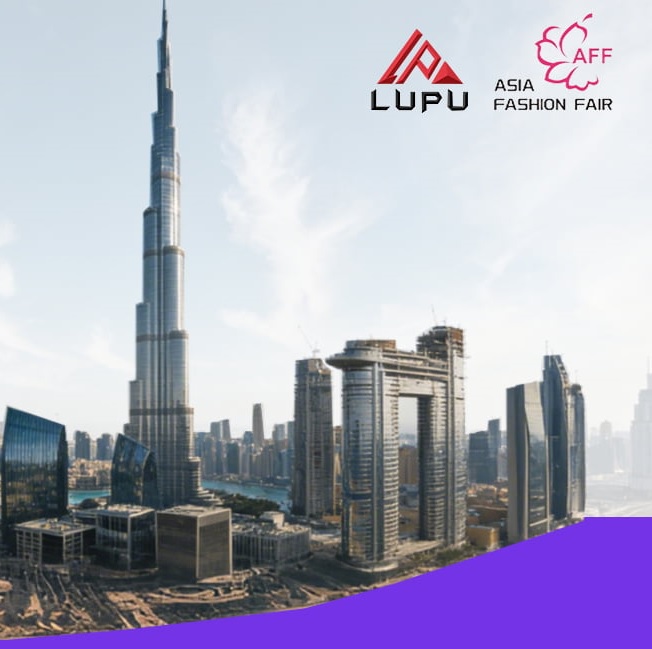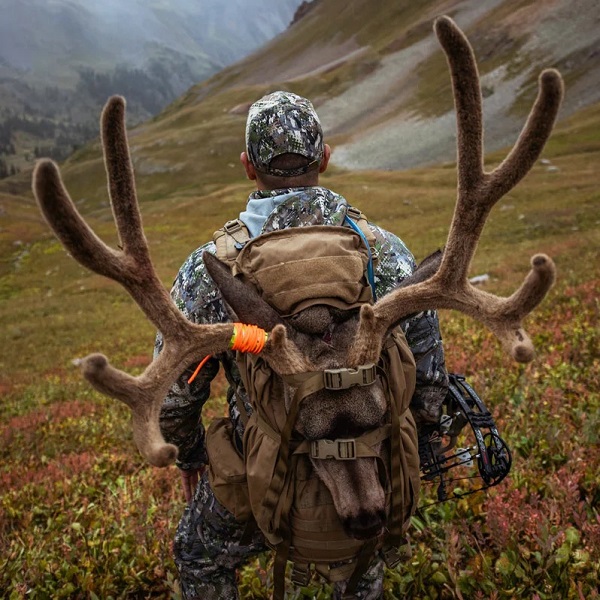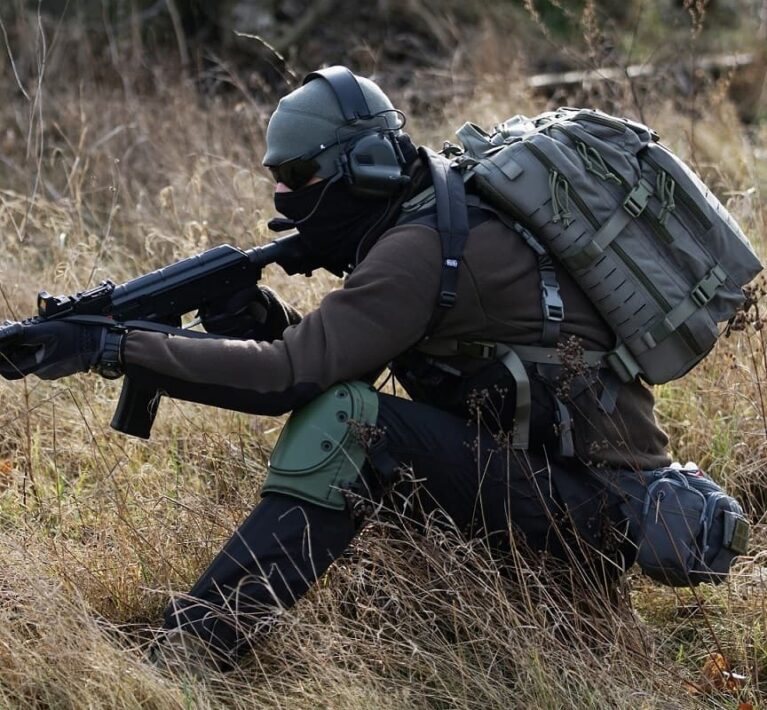As mochilas tácticas são concebidas para equilibrar a funcionalidade, a durabilidade e a adaptabilidade, satisfazendo as necessidades das forças policiais, do pessoal militar, dos entusiastas do ar livre e dos sobreviventes. Estas mochilas são versáteis, capazes de transportar tudo, desde equipamento tático a assegurar a prontidão para ambientes de alta pressão. Nos últimos anos, mochilas tácticas personalizadas ganharam uma atenção significativa pelas suas caraterísticas personalizadas e pela flexibilidade que oferecem aos utilizadores finais. No entanto, com o aumento da procura destas mochilas, surge uma questão fundamental: que factores influenciam o custo da mochila tática personalizada?
Este artigo irá explorar os vários factores que afectam o custo das mochilas tácticas personalizadas. Quer seja grossista, distribuidor ou proprietário de uma marca, a compreensão destes factores ajudá-lo-á a tomar decisões informadas ao comprar ou personalizar uma mochila. O nosso objetivo é fornecer uma compreensão abrangente e aprofundada das estruturas de preços para que possa otimizar a qualidade do produto e a relação custo-eficácia nas suas decisões de compra.
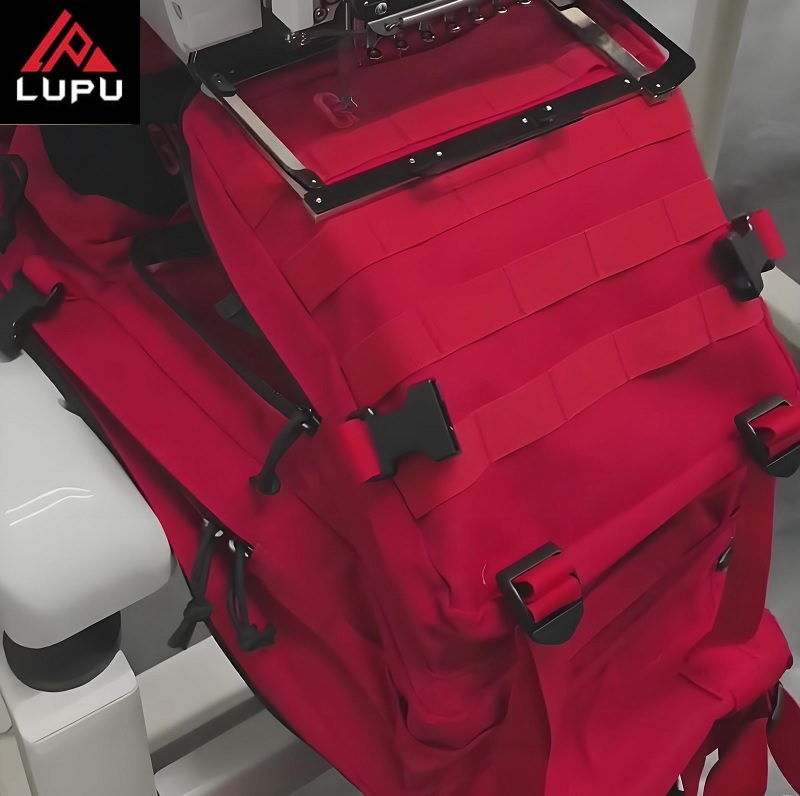
Que factores afectam Custo das mochilas tácticas personalizadas ?
1. Qualidade do material e do tecido
Um dos factores mais importantes que afectam o custo da mochila tática personalizada são os materiais utilizados. As mochilas tácticas são frequentemente utilizadas em ambientes adversos, incluindo condições climatéricas extremas e utilização de alta intensidade, pelo que devem ser fabricadas com materiais de alta qualidade para garantir a longevidade e a durabilidade. Eis uma introdução pormenorizada aos materiais habitualmente utilizados:
Tecido Cordura: Cordura é conhecido pela sua resistência à abrasão e durabilidade e é frequentemente utilizado em mochilas tácticas topo de gama. A sua qualidade duradoura traduz-se também num preço mais elevado, aumentando assim o custo global do produto.
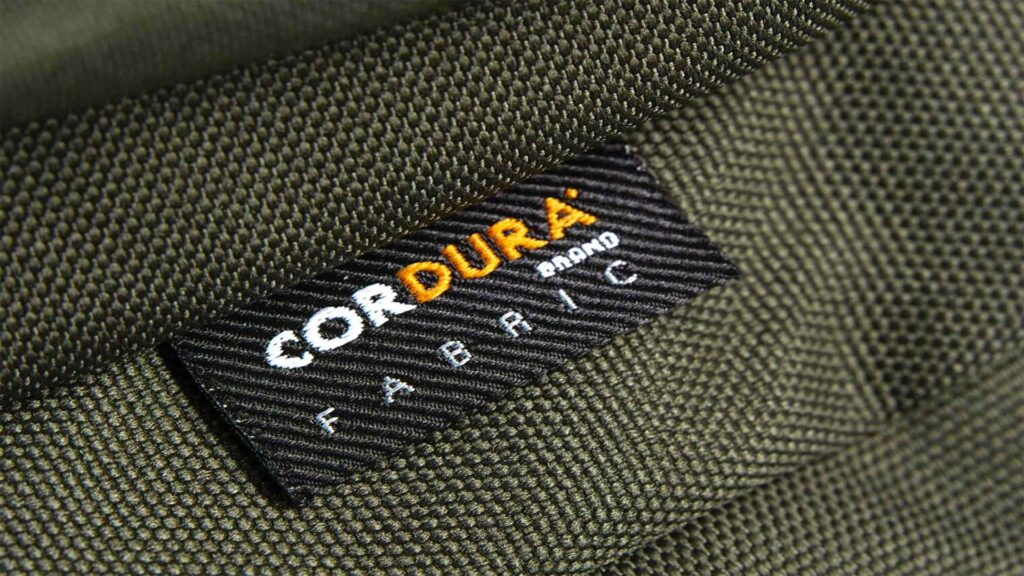
Nylon e poliéster: Ambos os materiais são normalmente utilizados em mochilas tácticas devido às suas propriedades de leveza e impermeabilidade. No entanto, o nylon é geralmente mais caro do que o poliéster devido à sua maior força e resistência à abrasão.
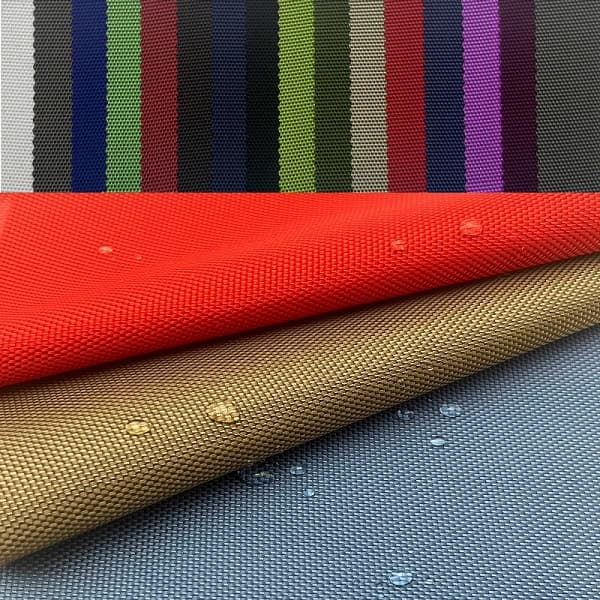
nylon
Tecnologia resistente ao rasgamento: Muitas mochilas tácticas utilizam tecidos ripstop concebidos para evitar rasgões e outros danos. Embora a tecnologia ripstop aumente a durabilidade, também aumenta os custos de produção.
Impermeabilização e revestimentos: Algumas mochilas personalizadas utilizam revestimentos à prova de água, como poliuretano (PU) ou poliuretano termoplástico (TPU), para manter o equipamento seco. Esta caraterística adicional aumenta os custos de fabrico e o preço final.
A escolha de tecidos de alta qualidade afecta diretamente o desempenho e a duração de vida da mochila, mas também implica custos mais elevados.
2. Complexidade e personalização da conceção
A personalização é uma das principais razões pelas quais as empresas e os indivíduos optam por personalizar mochilas tácticas. Quer se trate de acrescentar um logótipo personalizado, mudar as cores ou acrescentar compartimentos para equipamento específico, o nível de personalização tem um impacto significativo no preço final. A personalização pode incluir o seguinte:
Logótipos bordados ou impressos: Adicionar um logótipo da empresa ou outros elementos de marca a uma mochila tática personalizada é um requisito comum. Isto pode exigir processos de bordado ou impressão, aumentando os custos de produção. Veja o bordado no Youtube, clique aqui Como bordar uma mochila tática personalizada?
Opções de cor: As mochilas tácticas oferecem normalmente uma variedade de opções de cores, como o preto, o verde azeitona, o castanho coiote e padrões de camuflagem. No entanto, as cores personalizadas ou os desenhos de camuflagem exclusivos, como a camuflagem digital personalizada, podem exigir tintas e processos especiais, aumentando os custos.
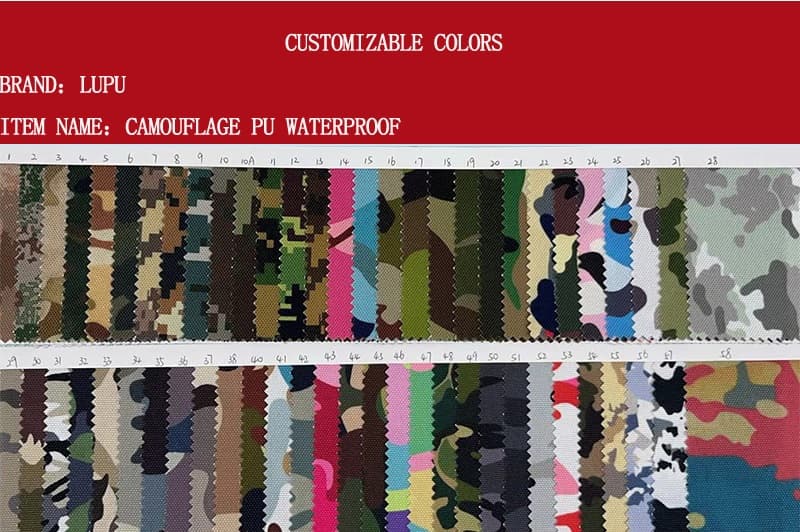
Caraterísticas modulares (MOLLE Webbing): As correias MOLLE (Modular Light Load Gear) são uma caraterística comum das mochilas tácticas, permitindo aos utilizadores fixar equipamento, bolsas e acessórios adicionais. A conceção e a montagem das correias MOLLE são complexas, aumentando o tempo e os custos de produção.
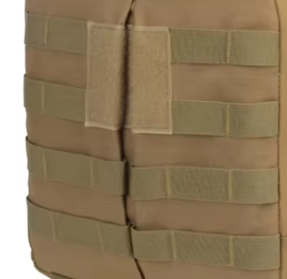
Compartimentos e fechos de correr personalizados: A adição de compartimentos específicos, bolsos reforçados ou fechos de correr de alta qualidade (como os fechos de correr YKK) aumenta os custos globais de produção. Estas caraterísticas são frequentemente adaptadas às necessidades específicas dos clientes, aumentando assim a complexidade e o custo do projeto.
Tamanho personalizado: As mochilas tácticas oferecem normalmente uma variedade de tamanhos, tais como 10L, 20L, 30L, 35L, 40L e 45L. No entanto, os tamanhos podem ser aumentados durante a personalização para aumentar a capacidade, ou tamanhos extragrandes, como 60L ou 80L, podem ser personalizados para fins especiais. As pessoas na Europa e na América são geralmente mais altas e podem ter requisitos específicos relativamente à largura das alças; se as alças forem demasiado estreitas, podem sentir-se desconfortáveis e, por isso, preferem alças mais largas. Os tamanhos maiores também requerem mais tecido, aumentando o custo global da mochila tática.
Quanto mais detalhada e complexa for a personalização, mais elevado será o custo de uma mochila tática personalizada. Mudanças simples, como a alteração da colocação do logótipo, podem não aumentar muito o custo, mas uma personalização mais extensa (como um design totalmente modular ou compartimentos de tamanho personalizado) aumentará definitivamente o preço.
3. Localização da produção e custos de mão de obra
A localização do fabricante desempenha um papel crucial no custo de uma mochila tática personalizada: os custos de mão de obra, as condições de produção locais e a escala de produção afectam o preço final.
Produção no estrangeiro (China, Vietname, etc.): Muitos fabricantes de mochilas tácticas operam em países com custos de mão de obra mais baixos, como a China, o Vietname ou o Bangladesh. Os custos de produção nestas regiões são geralmente mais baixos, o que ajuda a reduzir o preço final das mochilas personalizadas. No entanto, o Vietname e o Bangladesh têm um artesanato, uma qualidade e uma eficiência relativamente inferiores, e as suas cadeias de abastecimento não estão tão bem desenvolvidas e completas como as da China.
Produção nacional (EUA, Europa): A produção em países com custos de mão de obra mais elevados, como os EUA ou partes da Europa, aumenta frequentemente o custo das mochilas tácticas personalizadas. No entanto, os produtos fabricados nestas regiões podem ser mais apelativos para os clientes que valorizam a produção local ou padrões de trabalho elevados. Além disso, os custos das matérias-primas locais são mais elevados e a cadeia de abastecimento não é tão rentável como a da China.
Produção em pequena escala vs. produção em grande escala: Os fabricantes que se concentram em encomendas personalizadas de pequena escala têm normalmente custos de produção mais elevados devido à produção limitada e à utilização de tecnologias de produção especializadas. Por outro lado, os fabricantes de grande escala podem reduzir os custos através da produção em lotes, mas isso geralmente requer o cumprimento de quantidades mínimas de encomenda (MOQs).
Por conseguinte, a escolha do local de produção tem um impacto significativo nos custos; a produção no estrangeiro é geralmente mais barata, mas os custos de transporte e os prazos de entrega podem ser mais elevados.
4. Caraterísticas do produto e integração tecnológica
As mochilas tácticas são mais do que simples suportes de equipamento - são concebidas para melhorar a experiência geral do utilizador em ambientes adversos. Caraterísticas avançadas como compartimentos para bexigas de hidratação, proteção balística, design ergonómico e soluções de energia incorporadas contribuem para o custo.
Sistemas de bexiga de hidratação: Algumas mochilas tácticas são concebidas para alojar bexigas de hidratação ou têm sistemas de bexigas de hidratação incorporados. Estas caraterísticas aumentam o custo porque requerem componentes adicionais, como mangueiras, bocais e packs de hidratação.
Proteção balística: As mochilas tácticas topo de gama podem ser equipadas com proteção balística incorporada para uso militar ou policial. Esta camada extra de proteção aumenta significativamente o custo devido à necessidade de materiais especializados.
Ergonomia e conforto: Caraterísticas como alças de ombro almofadadas, apoio lombar, painéis traseiros respiráveis e cintos ajustáveis aumentam o conforto do utilizador, mas também aumentam os custos de produção. As mochilas personalizadas que dão prioridade ao conforto e à conceção ergonómica podem ser mais caras.
Outras caraterísticas e integrações tecnológicas, como compartimentos dedicados para dispositivos electrónicos ou capacidades de carregamento solar, podem aumentar significativamente o preço das mochilas personalizadas, especialmente quando estão envolvidos materiais especializados ou de engenharia complexa.
5. Considerações sobre o volume de encomendas e a cadeia de abastecimento
A compra de mochilas tácticas personalizadas a granel resulta normalmente num custo unitário mais baixo para o comprador. Isto deve-se ao facto de os fabricantes poderem simplificar os processos de produção, otimizar a logística da cadeia de fornecimento e reduzir o desperdício de material ao lidarem com grandes encomendas. Por outro lado, as encomendas pequenas podem resultar num custo unitário mais elevado devido aos seguintes factores:
Quantidade mínima de encomenda (MOQ): Muitos fabricantes têm requisitos de quantidade mínima de encomenda, o que significa que os compradores têm de encomendar um determinado número de mochilas para usufruir do preço mais baixo.
Custos de expedição e logística: As encomendas em massa podem beneficiar de taxas de envio mais favoráveis, reduzindo assim os custos globais. No entanto, as encomendas pequenas podem incorrer em custos de envio mais elevados devido a entregas mais frequentes ou a embalagens menos eficientes.
Prazo de entrega e encomendas urgentes: Quando as encomendas exigem uma conclusão rápida, os fabricantes podem cobrar um suplemento pela produção e envio acelerados, aumentando os custos globais.
6. Marca e reputação do fabricante
Como acontece com qualquer produto, a marca e a reputação do fabricante afectam o custo das mochilas tácticas personalizadas. Os fabricantes bem conhecidos e reputados, devido à confiança estabelecida com os seus clientes, cobram normalmente preços mais elevados. Estes fabricantes podem oferecer um controlo de qualidade mais rigoroso, um melhor serviço de apoio ao cliente e ciclos de entrega mais rápidos, mas estas vantagens são frequentemente acompanhadas de preços mais elevados. Por outro lado, as marcas menos conhecidas ou emergentes podem oferecer preços mais competitivos, mas o risco de problemas de qualidade ou de entrega inconsistente pode ser maior. Por exemplo, a LUPU é uma marca chinesa líder fabricante de equipamento tático com mais de 25 anos de experiência, fornecendo soluções de equipamento tático personalizadas e completas.
7. Factores implícitos incontroláveis
Referem-se normalmente a factores de um sistema, ambiente ou situação que, embora afectem os resultados, estão fora do nosso controlo direto ou total. Estes factores são frequentemente latentes, não são facilmente perceptíveis ou compreendidos e têm um impacto potencial nas decisões, planos ou acções, mas não os podemos alterar. Por exemplo, um país que subitamente impõe taxas portuárias aos navios, levando a um aumento dos custos de transporte. Outro exemplo é um país que aumenta subitamente os direitos de importação a nível mundial, o que faz com que os compradores paguem direitos mais elevados à chegada. Naturalmente, a maioria dos países e regiões não é afetada por estes factores implícitos.
Estes factores implícitos incontroláveis aumentam os custos globais, aumentando, em última análise, o custo de cada mochila tática.
Conclusão
O mochila tática personalizada O custo é influenciado por uma variedade de factores, incluindo materiais e opções de personalização, localização da produção, caraterísticas do produto, volume de encomendas, fabricante e factores implícitos incontroláveis. Para os compradores, compreender estes factores é crucial para tomar decisões de compra, especialmente para grossistas, distribuidores e proprietários de marcas que adquirem produtos para distribuição em grande escala.
Em última análise, é fundamental equilibrar a qualidade e o valor, assegurando que a mochila tática escolhida satisfaz as necessidades do seu mercado-alvo, mantendo-se competitiva em termos de preço. Ao considerar estes factores-chave, combinados com as suas necessidades e orçamento específicos, pode navegar com êxito no mercado das mochilas tácticas personalizadas e tomar decisões informadas para a sua empresa.
Relacionadas:
As 15 principais feiras e exposições de equipamento tático
Os 12 melhores fabricantes de mochilas no Reino Unido
Top 50: Lista global de marcas de equipamento tático

